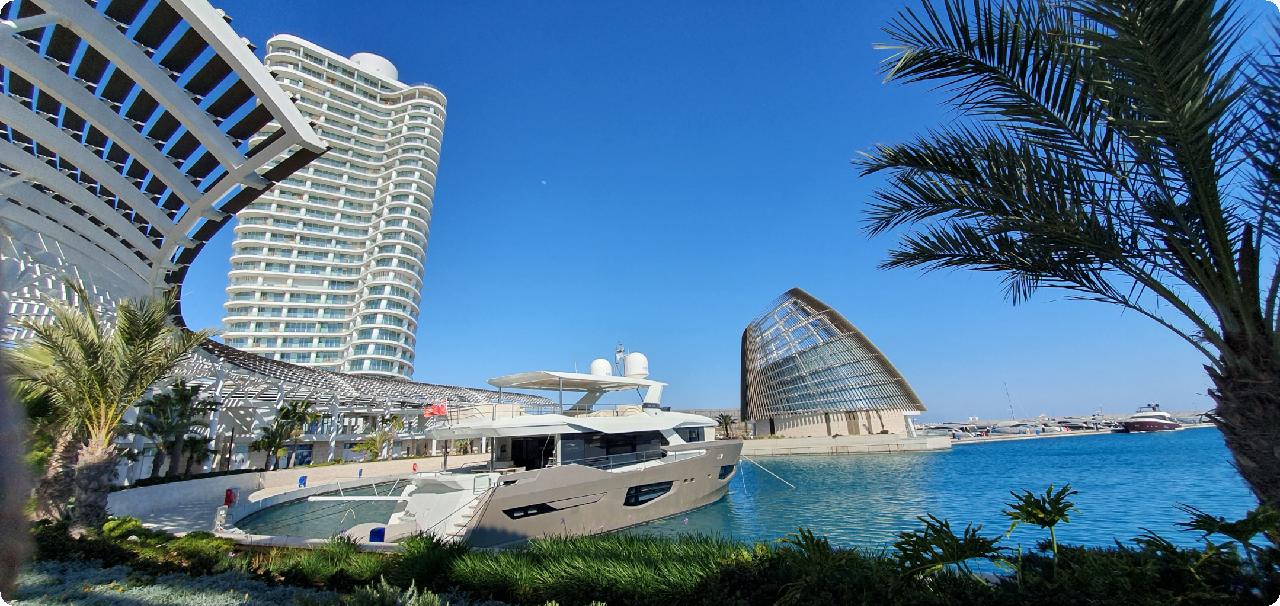AGIA NAPA / AYIA NAPA

Ayia Napa, also known by its Greek and Turkish names (Ayia Napa is officially romanized as Agia Napa), is a popular tourist destination on Cyprus's southern coast.
The name Ayia Napa comes from a monastery of the same name, built in the Venetian period and located in the town centre near the square where clubs are now located. The Greek word ayia means "holy". The word "napa" is colloquial for "wooded valley" or "valley". The area surrounding the town was once completely covered by a dense forest.
Tourism
The largest tourist destination in Cyprus is Ayia Napa with more than 175 hotels and residences of all types and a capacity for 27,000 people. In 2017, the resort hosted 5 million overnight stays and welcomed over 700,000 visitors, which represents about 30% of all overnight stays in Cyprus.
From the 2010s, Mayor Yiannis Karousos expanded the city's tourist offer. He also set the goal of making the city the "best and most cosmopolitan tourist destination in the Mediterranean" by 2030, discouraging boisterous groups of young visitors.
Since 2013, it has closed problematic shops, improved its hotels, restaurants and infrastructure, and added amenities such as a new marina and an underwater museum.
The Cyprus Tourism Strategy, finalised in March 2017 and supporting the town's vision, states that Ayia Napa should be considered one of the top three beach and nightlife holiday destinations in Europe offering the best beach and sea experience in Cyprus for young adults, complemented by international level beach clubs and nightlife.
Marina
On 30 September 2016, the foundation stone of the Ayia Napa Marina was officially laid. At the time, it was the largest private project in Cyprus; completion in 2021 will cost 250 million euros. At the foundation ceremony, Mayor Yiannis Karousos presented a golden city key to Egyptian billionaire Naguib Sawiris. Sawiris is the main investor.
Historic
Ayia Napa later became known as the Virgin Mary of Napa due to a local tradition which claims that a hunter looking for his game discovered an icon of the Virgin Mary in a cave. A monastery dedicated to the Virgin Mary was then built around the grotto.
According to another tradition, a Venetian noblewoman who was forbidden by her parents to marry a commoner lived there as a nun.
Around 1500, the Venetians built a church. Local legend has it that the region was uninhabited (apart from the monastery) until Nikolaos Kemitzis arrived from Thessaloniki in Greece and lived in the town of Panayia, located in the north-eastern region of Ayia Napa, around 1790. Kemitzis made the decision to move near the Ayia Napa monastery after they came into conflict with the Ottoman rulers who were in charge of Cyprus at the time.
The Cypriot government awarded Ayia Napa the title of major urban centre in 2014 in recognition of its importance to the country's economy. This was attributed to the efforts of Mayor Yiannis Karousos after his election in March 2013. Of the 30 active municipalities in Cyprus, the town of Ayia Napa has the seventh largest budget and employs 280 people.
